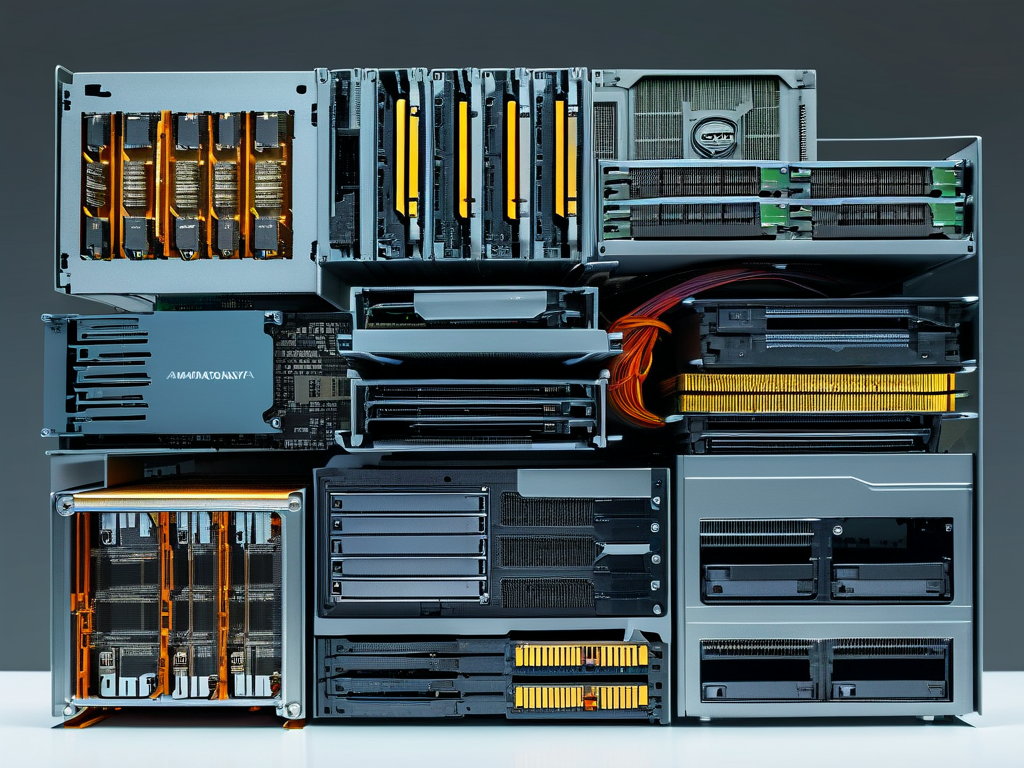In the realm of computing, memory classification plays a pivotal role in determining how efficiently a computer system operates. Memory, often described as the backbone of computational processes, is categorized based on functionality, speed, and physical characteristics. This article explores the types of memory in computer systems, their applications, and the technical nuances that differentiate them.

The Hierarchy of Memory
Modern computer systems employ a layered memory architecture to balance speed, capacity, and cost. At the top of this hierarchy sits registers, embedded directly within the CPU. These tiny storage units operate at clock speed, enabling instantaneous data access for arithmetic operations. Below registers lies cache memory, subdivided into L1, L2, and L3 caches. L1 cache is the fastest but smallest, while L3 serves as a larger buffer between the CPU and main memory.
Primary Memory: RAM and ROM
Random Access Memory (RAM) and Read-Only Memory (ROM) form the core of primary storage. RAM is volatile, meaning it loses data when power is disconnected. Dynamic RAM (DRAM) and Static RAM (SRAM) are two subtypes: DRAM is cost-effective for bulk storage, while SRAM’s speed makes it ideal for cache. ROM, conversely, retains data permanently. Variations like PROM (Programmable ROM) and EEPROM (Electrically Erasable PROM) allow limited write operations, often used for firmware storage.
Secondary and Tertiary Storage
Secondary memory includes hard disk drives (HDDs) and solid-state drives (SSDs), which provide non-volatile storage for long-term data retention. HDDs rely on magnetic platters, whereas SSDs use flash memory for faster access. Tertiary storage, such as tape drives or cloud-based solutions, caters to archival needs, offering massive capacity at the expense of speed.
Specialized Memory Types
Embedded systems and GPUs utilize specialized memory for optimized performance. For example, GDDR6 (Graphics Double Data Rate 6) is tailored for high-bandwidth tasks in gaming and AI workloads. Similarly, NVRAM (Non-Volatile RAM) combines RAM’s speed with ROM’s persistence, critical for applications like aerospace systems.
Memory Management Techniques
Operating systems employ paging and segmentation to manage memory allocation. Virtual memory expands usable RAM by temporarily offloading data to secondary storage. For developers, understanding memory leaks and garbage collection is essential—especially in languages like C++ or Java, where manual or automated memory handling impacts application stability.
Code Snippet: Memory Allocation in C
#include <stdlib.h>
int main() {
int *arr = (int*)malloc(5 * sizeof(int)); // Dynamic memory allocation
if (arr == NULL) {
printf("Memory allocation failed");
return 1;
}
free(arr); // Deallocating memory
return 0;
}
Future Trends in Memory Technology
Emerging technologies like 3D XPoint (Optane) and resistive RAM (ReRAM) promise faster speeds and higher endurance. Quantum memory, though experimental, could revolutionize data storage by leveraging quantum states for unprecedented density.
In , memory classification is not merely a technical taxonomy but a framework that drives innovation in computer architecture. By understanding these layers and their interplay, engineers can design systems that push the boundaries of efficiency and capability.









